
[Jump to Lesson Two if you have already completed Lesson One]
I want you to get the best Wash and Go EVER!
But I have learned something very important...
Just giving you amazing products isn't enough.
Rocking your natural curls is a journey and it isn't easy.
We created CurlMix University to help you along the way.
The best part is...
You can apply these tips even if you never buy CurlMix.
I want to debunk all the misinformation out there.
And I want to teach you how to do a Wash and Go on Natural Hair, the right way.
Let's get started!
Contents
TEXT "CURL" to 81787 FOR A FREE GIFT!
Introduction: Hair Basics
Here's the HARD TRUTH...
HEALTHY hair Wash + Gos look much better than DAMAGED hair Wash and Go's period.
But too many people hurt their results by not focusing on the real style killer.
DAMAGED HAIR!
But how do I know if my hair is damaged?
Well, I am going to help you.
This section will show you 5 ways you are damaging your hair and teach you about the structure of your hair and how damage changes it.
Let's get into it!
CurlMix University - Damaged Hair
5 ways you are damaging your hair:
-
Heat Damage
-
Co-Washing
-
Protective Styles
-
Failing to Trim
-
Chemical Treatments
Each video in the CurlMix University course goes into greater detail about these issues.
First, let's learn about the structure of your hair so you can know how damage affects each hair strand.
Hair Structure
Every hair strand has three layers -- the medulla; the cortex, and the cuticle. The most sensitive of these layers is the cuticle, the outside layer.
Each hair grows about 1/4 inch every month out of a follicle on your scalp, and it can keep growing for up to six years.
That's almost 2 feet of growth!
Then as part of the natural cycle of hair growth, it will fall out and make way for a new hair.
On average you can shed 60-100 hairs each day.
When it comes to styling your hair the cuticle layer is the most important.
If the cuticle of the hair is damaged, the inner core is exposed, causing dry hair, split ends, and breakage.
What is damaged hair?
Hair damage is disruption to any of the 3 hair layers, the cuticle, medulla, and cortex. Damaged hair can mean changes to your hair texture, porosity, density, length, and can negatively affect your hairstyles.
What's Next?
The next section will teach you how heat can damage your hair and how to avoid it.
Chapter #1: Heat Damaged Hair
Ever met someone who says...
"I am all-natural, no chemicals, I just straighten my hair"
That's a RED FLAG for HEAT DAMAGED HAIR
Especially if they have been straightening their hair for years
And it's not done by a professional...
And sometimes they forget to use heat protectant...
Yeah, they definitely have heat damage.
In this section, we will show you how to identify if you have heat damage and how to prevent that damage from spreading.
Let's jump right in!
What does heat damaged hair look like?
There are 2 signs. The first is a mix of straight pieces of hair and curly pieces after wetting your hair. The second sign of heat damage is loose curls all over that look nowhere near as elastic as they did a few years ago.
That last one isn't as obvious.
Basically, after washing, your hair should return to its natural textured state.
How to prevent heat damaged hair
Even if you straighten your hair often you should still try to protect the strands. Using a heat protectant is the best way if you are applying direct heat to your hair But your hair is still no match for direct heat over a long period of time. The safest way to apply heat to your hair is by using indirect heat.
What is that you ask?...here's a breakdown
Direct Heat vs Indirect Heat
Direct heat comes from tools or appliances that touch your hair directly and apply heat
Indirect heat comes from tools or appliances that heat a medium first, most commonly air, then heat your hair.
Let’s look at the hair strand again.
Direct heat can cause the cuticles of your strands to be stripped off or break away from the surrounding fibers.
Direct heat tools can also instantly drain the moisture from your hair
This can cause the outer medulla layer to expand and release moisture from your cortex, the inner layer.
Think of direct heat like an iron when you apply it to damp clothes.
It's doing it's best to eliminate any moisture...and then it steams!
A flat iron is doing the same thing to your hair strands.
You're ironing your hair.
Sounds scary, doesn't it?
Indirect heat is a much safer option.
Tools like a blow dryer, hooded dryer, or a diffuser in constant motion apply heat with less damage.
Pro Tip: When you use heat, avoid applying tension.
Heat + Tension = Breakage.
Say it's too late for you and you have already damaged your hair.
How to fix Heat Damaged Hair
Heat damage cannot be reversed. Don't believe the hype. You’ll have to cut off the heat damaged hair and give your natural curls a chance to thrive.
I know you didn't want to hear that but it's the ugly truth.
I've done it before and made the same mistakes.
I colored and straightened my hair before, that was a big mistake.
As you can see my hair was fried!
Just look at the texture change in the front.
Cutting your hair or doing a big chop can be scary
But the alternative is even worse
If you don't cut the hair damage can travel and you could end up losing even more of the hair strand than you planned.
What's Next?
The next section will teach you how a co-wash can keep your hair from getting the moisture it needs and the best way to keep your hair safe from build-up.
Chapter #2: Co-Washing and Build-Up
Does this sound familiar?
"Your hair grows better when it's dirty, so I don't shampoo my hair, you should just co-wash."
WRONG!
I've been shampooing weekly and wearing Wash + Gos for the last year and look at my hair
GROWTH!
In this section, you will learn what exactly a co-wash is, how they work, and why using them regularly can actually hurt your hair.
Let's dive right in!
What is a co-wash?
Co-Washes & Cleansing Conditioners are gentle cleansing formulas comprised of mainly conditioning agents with a small percentage of gentle surfactants.
Surfactants are the things that actually clean, but co-washes include very little of these.
Most cleansing conditioners are able to remove water-based and water-soluble products.
They do not, however, remove oils, butters, or silicone products.
If someone said to you, I don't use soap, I only put on body butter a few times a week.
What would you say to them?
Exactly.
You need to shampoo your hair to really clean it.
Preferably on a weekly basis.
Why Co-washing can harm your hair: Build-Up
For those of us who were previously relaxed, pressed, or blown out we may have been accustomed to shampooing every 2-4 weeks.
Going that long between washes can cause you to use silicone products, oils, heavy sheen sprays, pomades, moisturizers, and serums to “add moisture/shine” to our hair.
All those products can build-up on your hair
Layer after layer, build-up chokes your hair off from moisture
Co-washing is depositing more things on your hair without lifting the build-up, dirt, and debris that was there before.
It's just another layer of product
It's suffocating the strands from getting the water they need.
Think of it like this, would you go 2-4 weeks without using soap on your body?
Well, why would you do this to your scalp?
Your scalp is also producing oil at the same time called "sebum".
So you are getting twice the buildup.
The build-up can also lead to excessive dandruff because your scalp isn't getting the water it needs.
Co-washing does not replace shampoo to cleanse the hair and scalp.
After shampooing, your hair should feel clean, like your skin does after a shower.
I shampoo weekly and my hair has been thriving.
What's Next?
The next section will teach you how protective styles can actually damage your hair.
Chapter #3 - Protective Hairstyles
Have you heard this one before
"Protective hairstyles grow your hair. It's protecting your hair from the elements."
That's funny because most of the people I know with long hair wearing their out...
While the people I know with short hair have been wearing protective styles for ages.
In this section, I will show you how protective hairstyles can add unnecessary tension to your hair
Let's get started!
Protective Hairstyles = Tension
Tension and strain from the pulling of braids and cornrows can cause significant damage to your hair over time
In order to achieve these styles, your follicles get seriously stressed as the hair is pulled into place.
More often than not, this stress is concentrated on the most sensitive parts of your scalp
Your precious edges!
And many styles even go a step further by adding extra weight.
The excessive use of ponytails, weaves, and extensions are working double-time to give you tension damage.
And what happens when your hair is pulled tightly and something heavy like extensions is weighing on it?
You guessed it, BREAKAGE.
Funny how "Protective" styles don't seem so protective.
You are also probably not cleansing your hair weekly like you would if you wore a Wash + Go.
How to fix hair breakage
And I hate to be the bearer of bad news but if you have a lot of breakage from "Protective styles", you just have to be patient and avoid those styles in the future.
Take out any excess weight and let your hair be free
Go back to a regular routine of shampooing and conditioning weekly.
And make sure you are wearing styles that don't have tension.
And if you MUST wear them make sure the braider isn't pulling tightly on your hair and don't wear them longer than 2 weeks
I love the way box braids and Senegalese twists look but once your hair is damaged, the only thing to nurse it back to health is patience.
The risk is too great, so I just don't wear them.
What's Next?
The next section will teach you how cutting your hair can actually help it grow longer and stronger.
Chapter #4: Hair Cuts for Hair Growth
Most people think cutting your hair makes it grow.
Now c’mon that’s just bad science, right?!
But the people who say that aren’t completely lost, they just missed something important.
Here's the key:
Cutting hair doesn't MAKE it grow, instead, it prevents the damage that the dry ends normally cause, like breakage. Making your hair look fuller and longer over time.
The real name of the game is growth retention
Once upon a time, I went natural and didn't trim my hair for over a year.
Don't be like me,
My hair was uneven, I had a million single strand knots, and the ends of my hair were extremely raggedy.
No style looked good and no product could save me
Trimmed hair = Better Styles
Untrimmed hair takes twice as long to detangle because you end up using more product and slowing down.
We have all experienced the pain of the detangling brush
Especially as your hair goes "Snap, crackle, pop" while you're in the shower
All that snapping and popping adds up.
The damaged ends turn into split ends and split ends turn into weak strands.
This causes the medulla, the very center of the strand to be exposed.
The now weakened hair eventually breaks off.
And how do you fix this?
How to prevent hair breakage and knots
Get a professional shape and trim at least 4 times a year. Cutting off your dead and damaged ends regularly will help the hair grow longer and stronger.
If you are really committed to perfect styles, consider trimming your hair once every eight weeks to maintain its health and get rid of damaged hair.
It helps keep your coils more manageable.
Do you see my hair now, it’s a huge difference?!
I get my hair shape professionally maintained, on schedule and it's given me the best hair of my life!
What's Next?
The next section will teach you how chemical treatments damage your hair and how to avoid it.
Chapter #5: Chemical Hair Treatments
I am sure you already know this but...
Perms and Relaxers are bad for your hair
In fact, most chemical hair treatments can cause damage
And you may not have known this...
Hair dye isn't so different and now it's more popular than ever.
Let's talk about it.
Remember, earlier when we talked about the layers of your hair?
The medulla, cortex, and cuticle
Well, all that comes into play when we talk about chemical treatments.
Most curly girls don’t have to worry about perms or relaxers any more, but color treatments are more popular than ever and can lead to big-time damage if used improperly.
How do hair dye and color treatments work?
In order for a chemical color treatment to work it has to blow the cuticle layer open and deposit pigment into the cortex of your hair. And if you aren't properly conditioning and moisturizing your color-treated hair, it can lead to dryness and a weakened, highly-porous cuticle layer...and once that happens, your hair is going to begin breaking off.
Someone might say:
"But everyone with colored hair doesn't look like they have damaged hair."
This is true but...
If they are a "lazy natural" they probably do.
How to prevent damage from hair dye
If you are properly and regularly deep conditioning your hair, let's say, on a weekly basis, and using shampoos/conditioners formulated for color-treated hair, then you're likely totally fine.
But if your routine hasn't changed since you got your color, then you should be worried.
I had colored hair once, and only once but I was a lazy natural AND to top it off I straightened it too!
My hair was FRIED and I will never do that again.
But at the time I thought I was too cute!
6 months later though, things changed.
My hair started breaking off so badly I just gave up and big chopped for the 3rd time in my life.
If I ever get color again, it would only be highlights and I would never go blonde!
That color is the most damaging.
How to fix chemically damaged hair
Unfortunately, there is no "FIXING" this kind of hair, once it starts breaking off, you need to just cut the damaged hair. If you don't that damage can spread up the shaft.
Prevention is easy though.
As soon as you can STOP using chemically altering products in your hair altogether.
And if you MUST dye, go to a professional for the treatment, and deep condition weekly thereafter.
If you thought your hair was dry before, then you are going to have to work double-time to make sure it stays moisturized.
What's Next?
You've finished part one!
Now that you know how you can damage your hair, let's learn how you can let it thrive with moisture.
But before you move on, take our quiz to test what you've learned.
I will let you in on the biggest secret in the hair industry.
The absolute best product for your hair isn't some miraculous new ingredient, it's...
Plain old water.
H2O.
Moisture is the secret to giving your curls life and if you are like most curly girls you probably aren't getting enough of it.
In this lesson, you will learn the importance of moisturizing your hair.
Contents: Lesson 2

Chapter #1: The Best Moisturizer Ever
Why moisture is so important
I'll let you in on another secret,
I call it the "Moisture Myth".
Most products that say they are moisturizers aren't actually adding water to your hair and if used the wrong way they can even BLOCK water from absorbing with nasty build up!
Proper moisturizing is essential for healthy curly hair and it’s a deep topic so let’s dive in!
You can think of your hair a lot like you think about your skin.
When it's dry or you are chronically dehydrated, your skin can become dry, cracked, and just not healthy looking.
The same goes for your hair.
Water helps to keep your hair strong and flexible, preventing breakage.
Moisturized hair also holds styles longer,
Moisture makes your strands look thicker and shinier and adds weight to your curls and definition in your wash + go.
You should NEVER style your hair without water!
Whether you're drinking it or applying it to your hair, our locks thrive in a moisture-rich environment.
This is why we recommend doing your hair in the shower to get the BEST wash + go.
Water is the single most important step in any hair routine.
What's Next
The next section will teach you about the Moisture Myth and why your hair feels dry.
Chapter #2: The Moisture Myth
When most people hear you say you are “moisturizing” your hair,
They assume you are talking about adding water.
But when it comes to your hair products that may not be the case.
The "Moisture Myth" is the result of some clever marketing in the hair industry.
What is a moisturizer?
When your products say they are moisturizers they don’t add moisture, what that really means is they are designed to seal your hair strands and prevent moisture loss.
Why is my hair dry?
So if you aren't using water in your routine you are robbing your hair and scalp of the moisture they need to be healthy.
That's why your hair is dry!
You can't seal in moisture that isn't there in the first place.
A lack of moisture can lead to dandruff, breakage, and lack-luster styles. To top it all off most people get stuck in a cycle of constantly applying moisturizers to cure their dry hair while they are actually making it worse.
Because if you aren't properly cleansing your hair, moisturizing products can build up on the strands and scalp preventing water from getting absorbed.
The best moisturizer EVER!
Water is natures best moisturizer! Water is the only true moisturizer...there is no special product to "moisturize" your hair, only water can do that.
One last tip, once your hair is properly moisturized you have to protect it.
Be on the lookout for moisture thieves!
Your hair can lose moisture to dry air and fabrics like your cotton pillowcase.
This is why you wear a bonnet to bed or use satin or silk materials for your bedding.
What's Next
The next section will teach you about the porosity test is and how you can use it to your advantage.
Chapter #3: Porosity
Everyone's hair is unique.
And you can't talk about properly moisturizing your hair if you don't have a good idea of where to start.
Your hair's porosity is the key you need to unlock healthy hair.
What is hair porosity?
Porosity always sounds intimidating but it is simply how your hair absorbs water. Everyone has a natural porosity level that ranges from high to low but how you treat your hair can also affect porosity.
Heat, products, and chemical damage can move your hair up and down the scale and change how you need to care for your hair.
Porosity Demonstration
If you are still a little stuck,
A simple demonstration can help you understand porosity a little better.
Porosity is largely determined by the cuticle layer of the hair.
The cuticle is made up of tiny overlapping scales, like little roof shingles that cover the hair strand and protect the core.
But it's not a perfect seal.
In some places, these scales are lifted or damaged and that can create tiny little holes that allow things to be absorbed much like a sponge.
Not all sponges are created equally though, some are more porous than others.
A makeup sponge is a lot like low porosity hair. It has tiny holes that make it difficult for water to be absorbed but once it’s in its hard to get out, and it holds on to water longer.
A kitchen sponge is a lot like high porosity hair. it has larger holes that absorb water easily but the downside is, it releases water just as easily.
How to determine Porosity? - The Porosity Test
Now that you know what porosity is you need to know YOUR porosity.
And there is an easy way to test your hair at home.
Take a few strands of clean hair from different parts of your head and place them in a glass of water and wait a couple of minutes.
If your hair floats it's likely low porosity and if it sinks it's likely high porosity.
Once you know your porosity you can easily incorporate specific changes into your routine.
How to care for low porosity hair
For low porosity curls you want to focus on using heat or steam to help open up the cuticles to add moisture and use lightweight oils like Jojoba, and water-based moisturizers.
How to care for high porosity hair
For high porosity curls you may need to wet your hair multiple times per week, deep condition more often, or use oil serums to help seal in more moisture.
What's Next
Check out our last section in this lesson to learn how you can lock in moisture into your hair.
Chapter #4: Lock-In Moisture
All HEALTHY hair routines should water as a base.
But depending on your hair type and texture, what you use to seal in that water can vary.
There are two types of products that we suggest.
Serums and Leave-Ins.
Serums VS. Leave-Ins
Serums provide a strong seal with nourishing ingredients that won't weigh down your hair. While Leave-In moisturizers provide a lightweight, permeable seal with the least build up.
How do hair serums work?
Hair serums form a protective layer on your hair and give your hair a little boost,
You know, some extra TLC.
Most serums contain a unique combination of fatty acids and nourishing vitamins that will protect weakened hair from further damage and help strengthen it over time.
Serums can serve different purposes like increasing hair growth, improving scalp health, or diminishing damage.
For example, lighter oils in a serum, like Jojoba oil can absorb into the hair strand, while heavier oils like Castor coat the strand filling in gaps in your hair cuticles.
These oils can work together in a serum to leave your hair feeling smooth and frizz-free.
As a bonus, it gives your hair a healthy shine boost!
You have to be careful, with serums though.
There is a risk of build-up if you don't cleanse your hair regularly.
How do leave-ins work?
A leave-in moisturizer is a water-based moisturizing product that doesn't build up.
Water-based moisturizers can contain a combination of water, nourishing oils, conditioning agents, and humectants to provide a light, permeable seal that allows your hair to absorb moisture from the air.
Leave-Ins are extremely versatile products.
You can use them to twist, style, and protect your hair.
The best benefit of water-based leave-ins is that they are so lightweight that you can even stack them with other products to enhance your results!
For example, if you have kinky curly hair you can boost the definition and length of your styles by pairing your moisturizer with a natural styler like flaxseed gel.
If you want to know whether or not your leave-in fits the bill, here's a tip:
If you look under ingredients you will see "water" or "aqua" as the main ingredient.
What's Next?
Congratulations! You have completed the last section in lesson 2.
You should now know if your hair is damaged, how to fix it and ensure it's moisturized and you're ready to style. If you didn't catch all the lessons, go back to the beginning to learn about damage.
Make sure to check out lesson 3 to learn:
The 'CurlMix Method' and how you can style your hair for the perfect Wash + Go. [LINK]














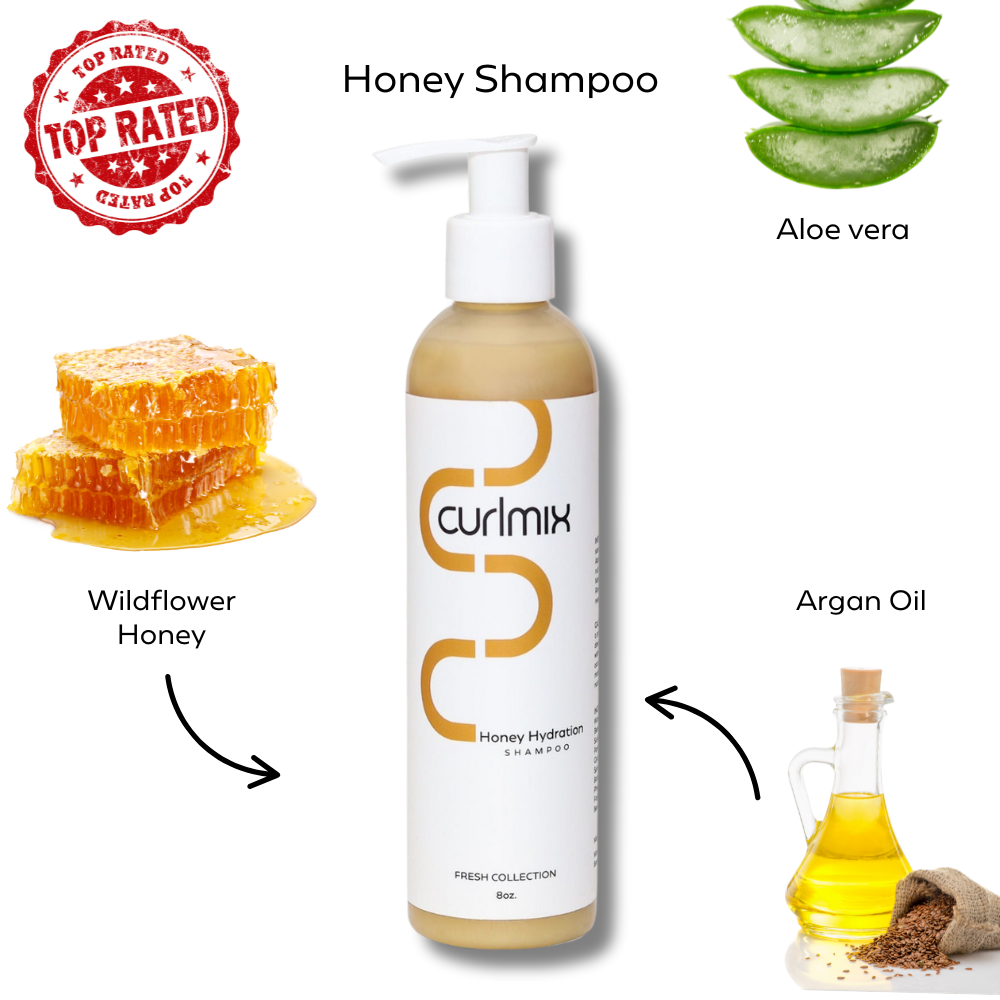
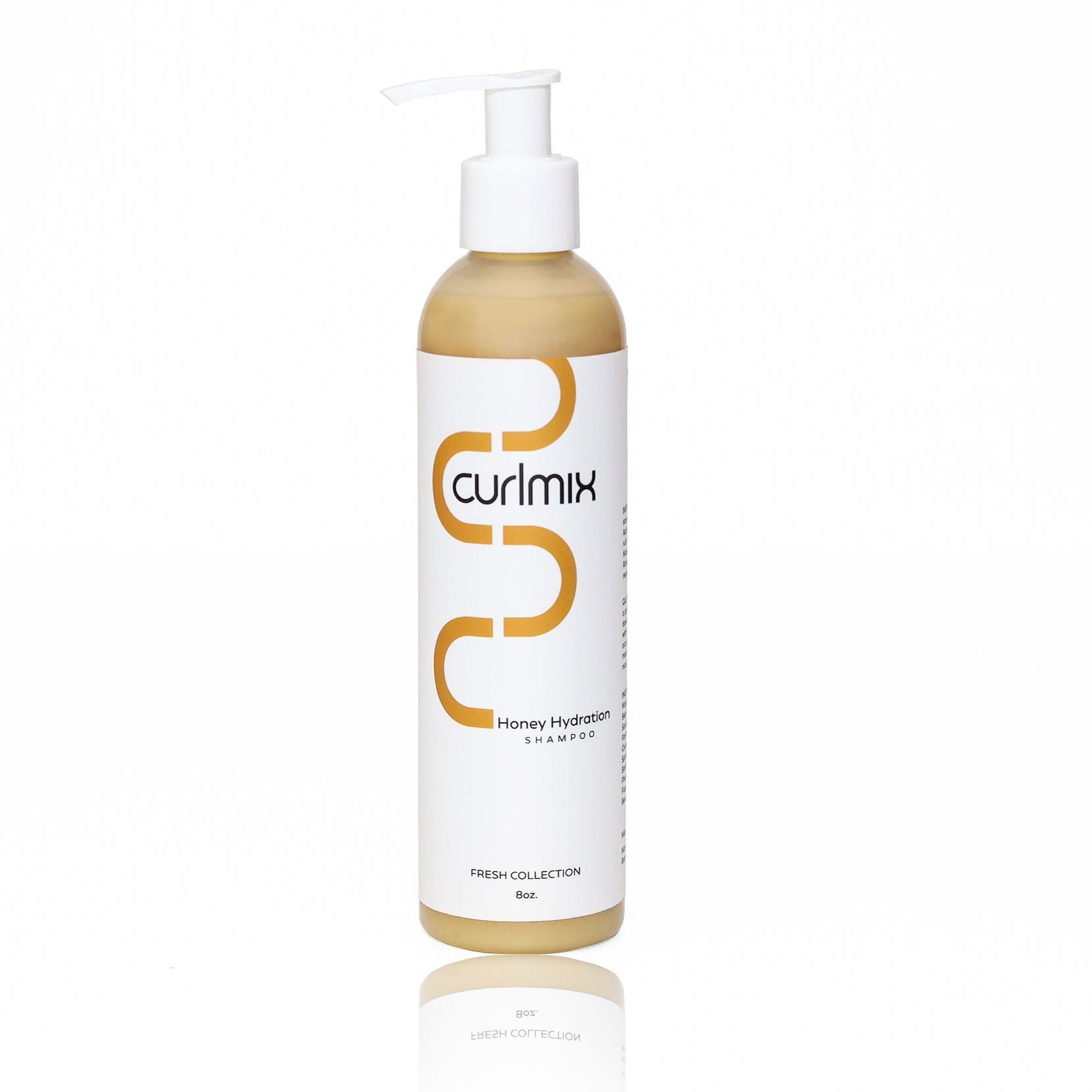
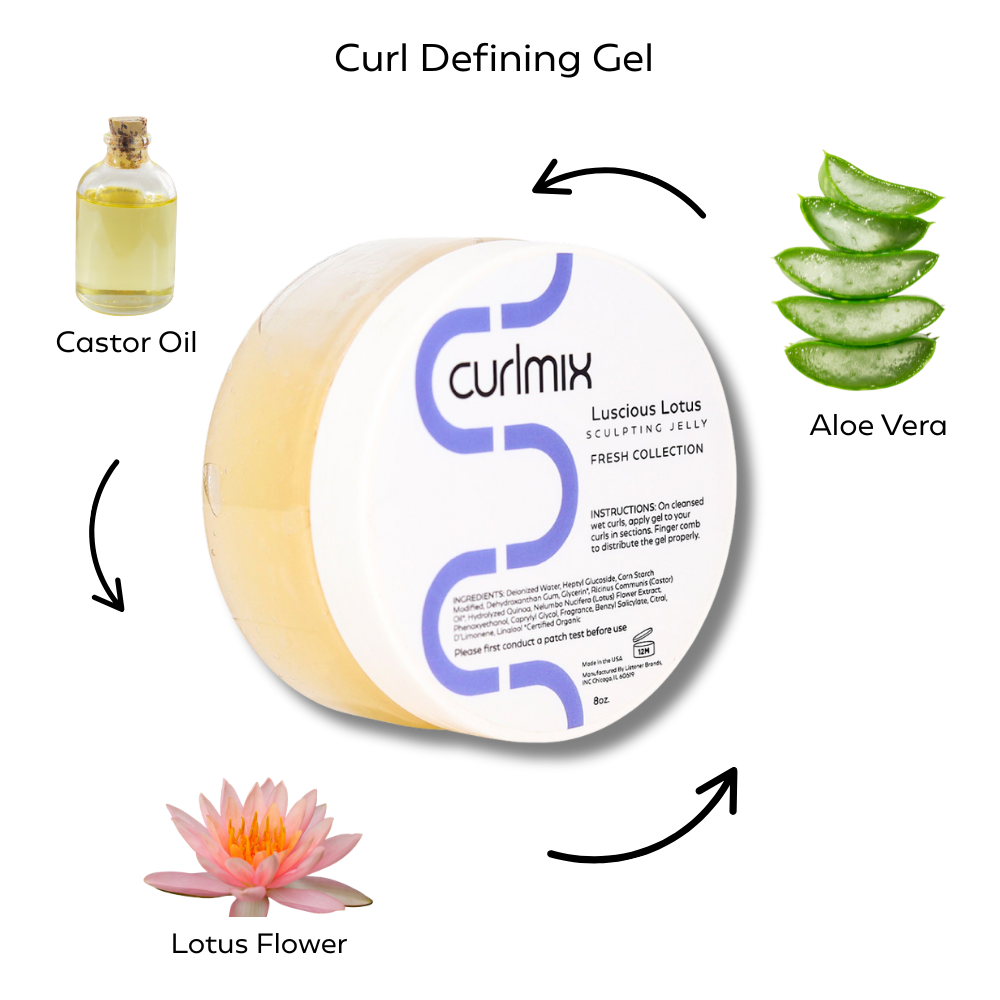



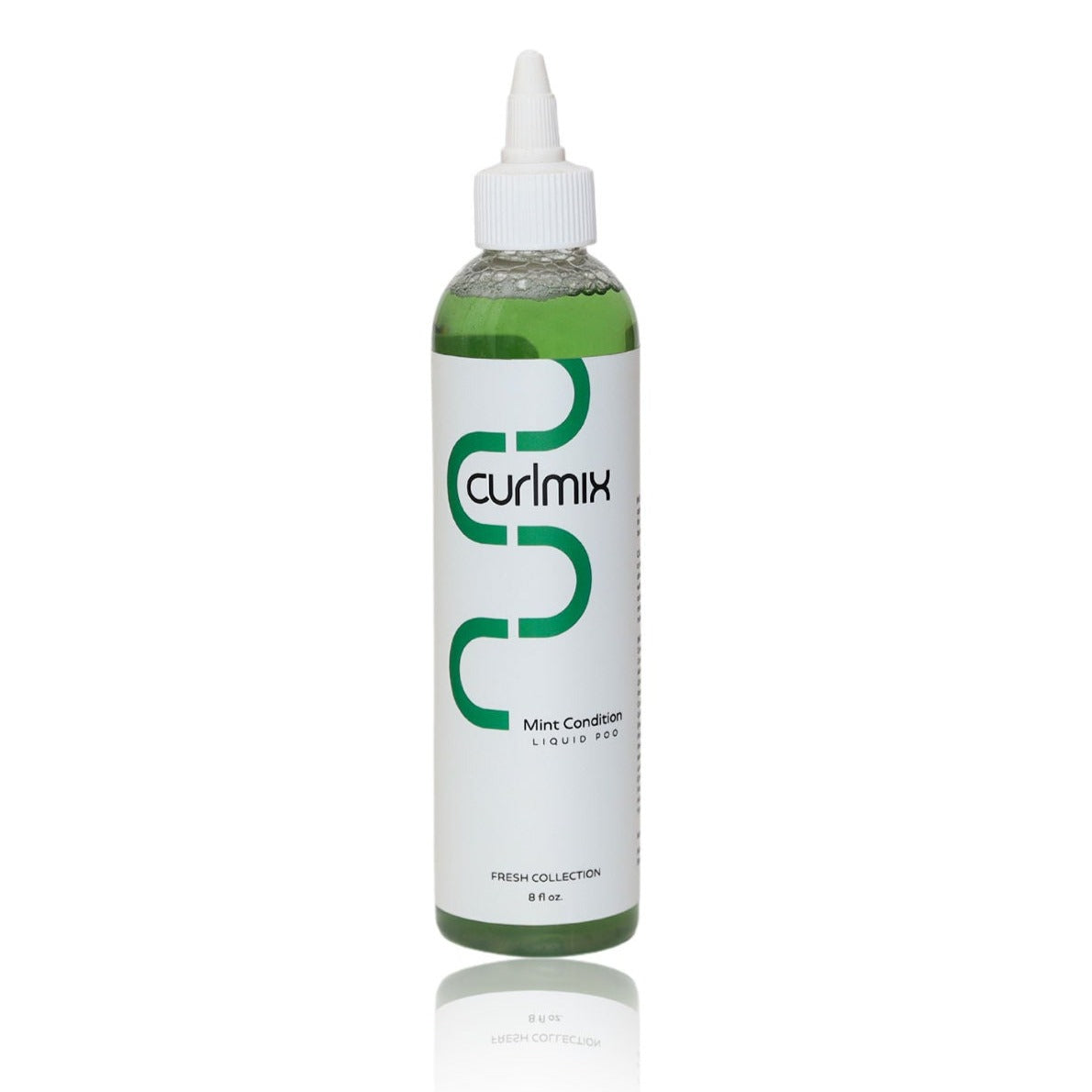
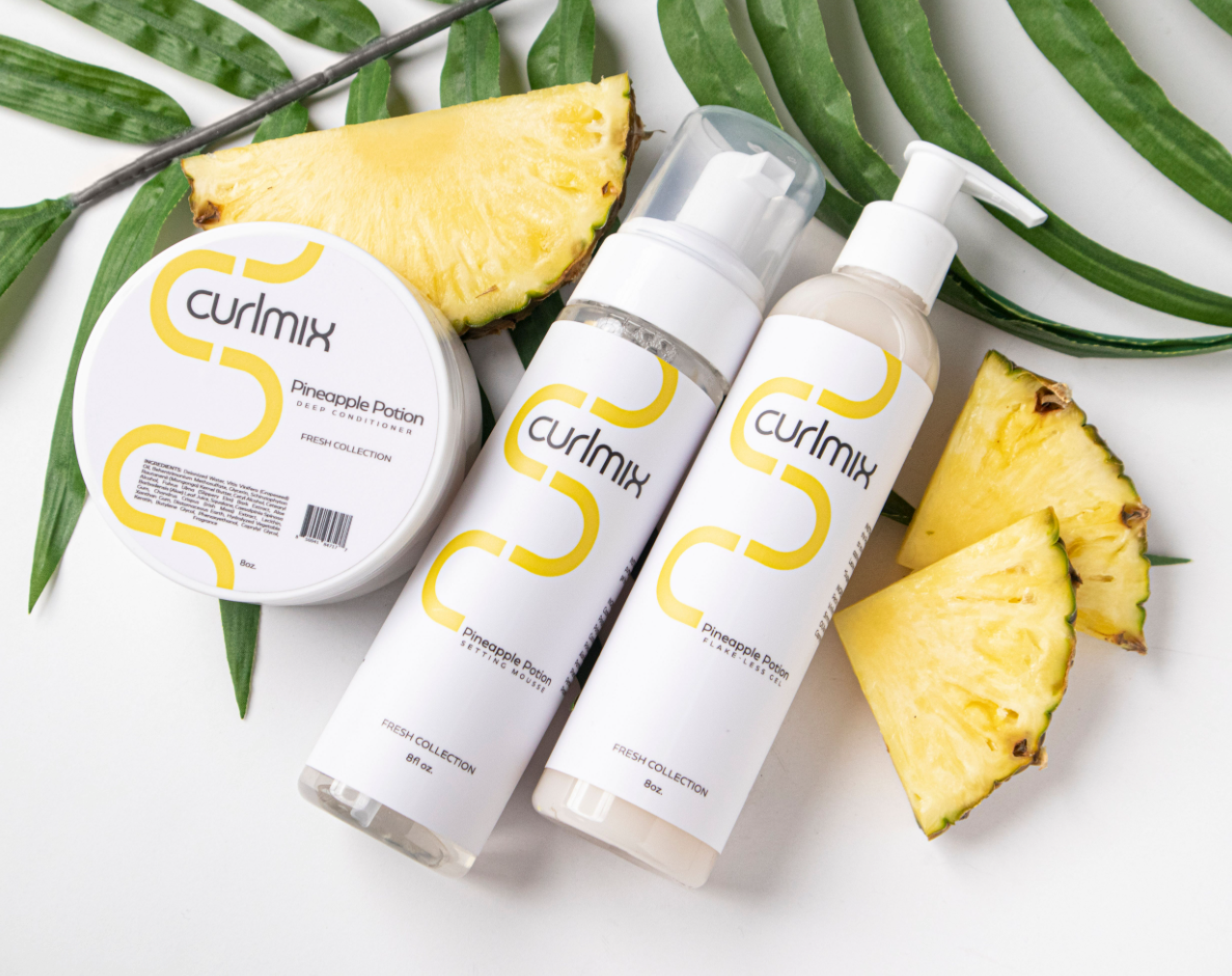
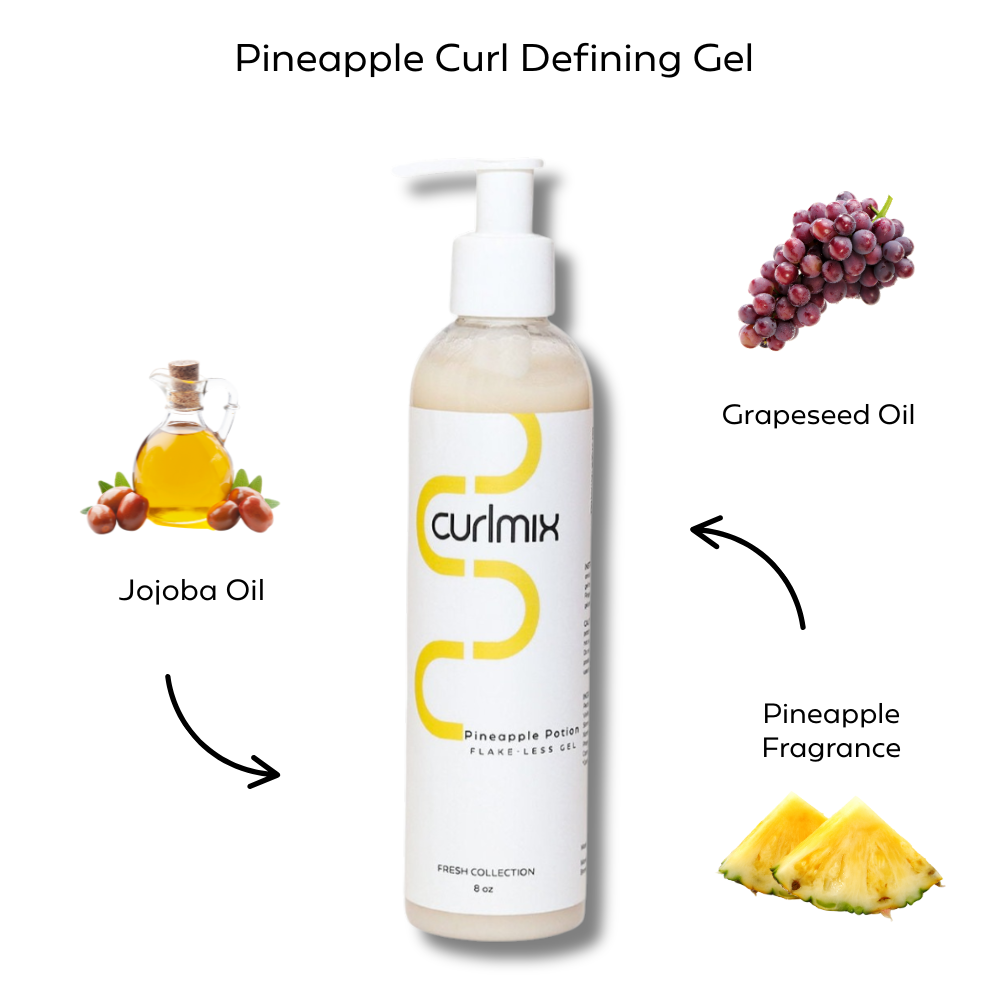

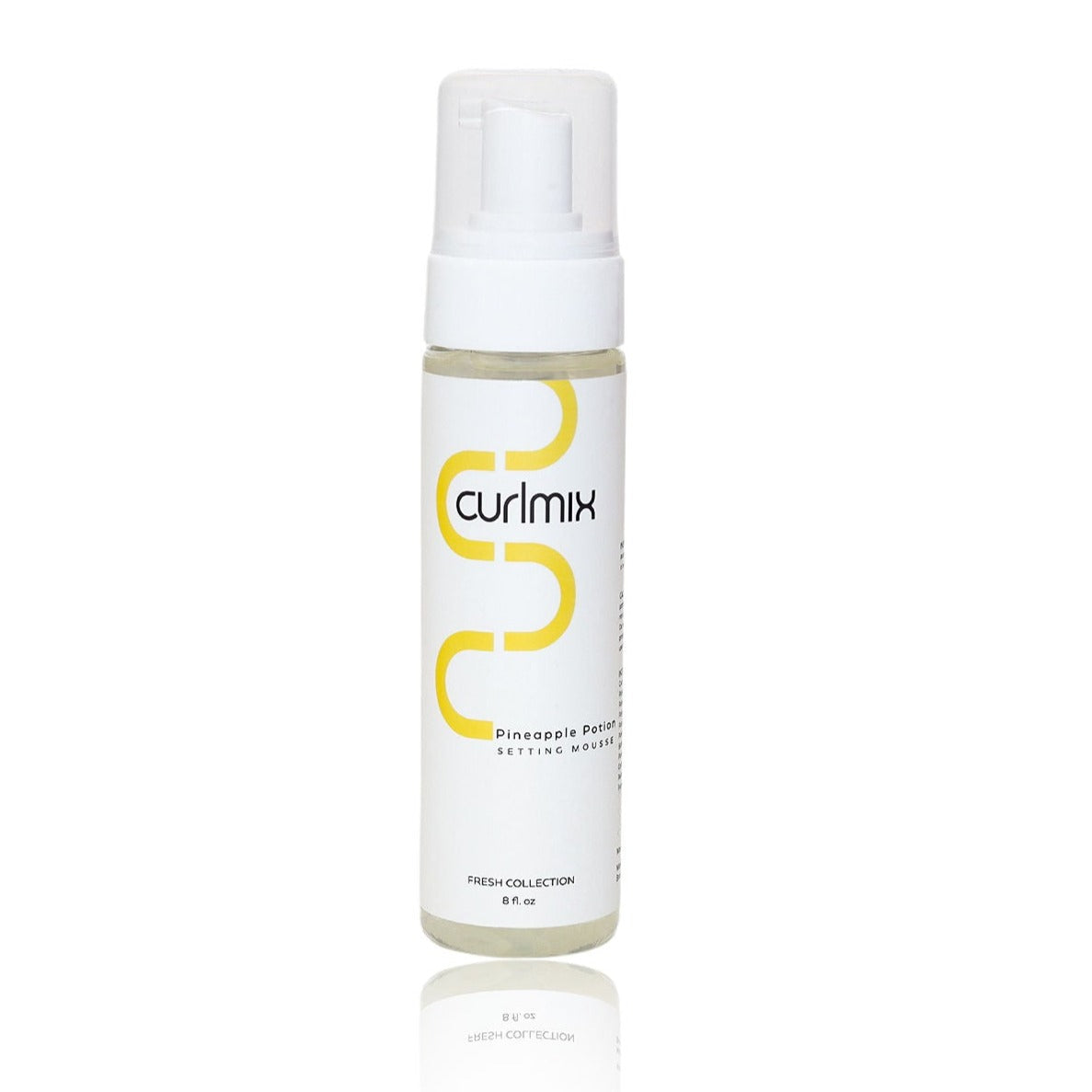
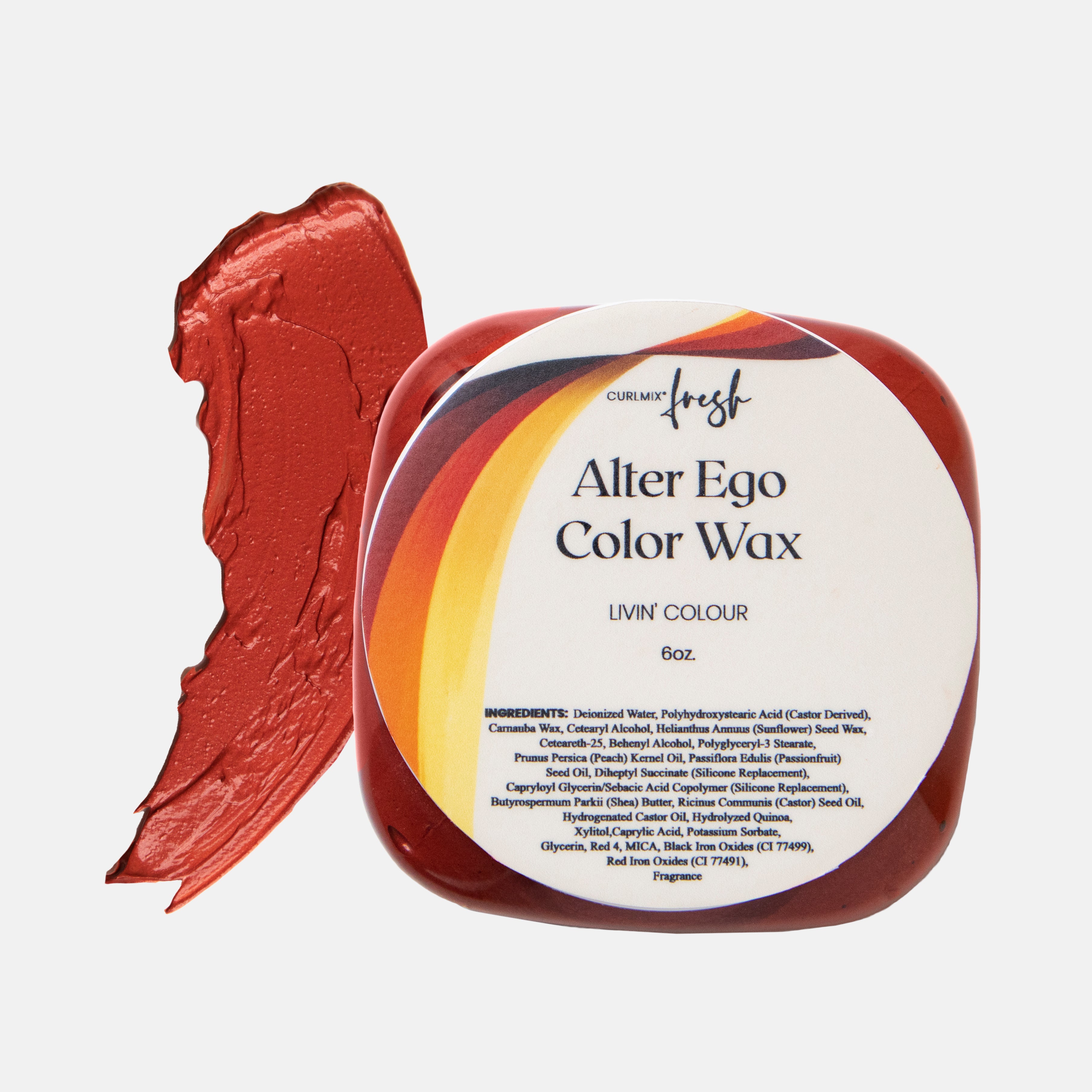
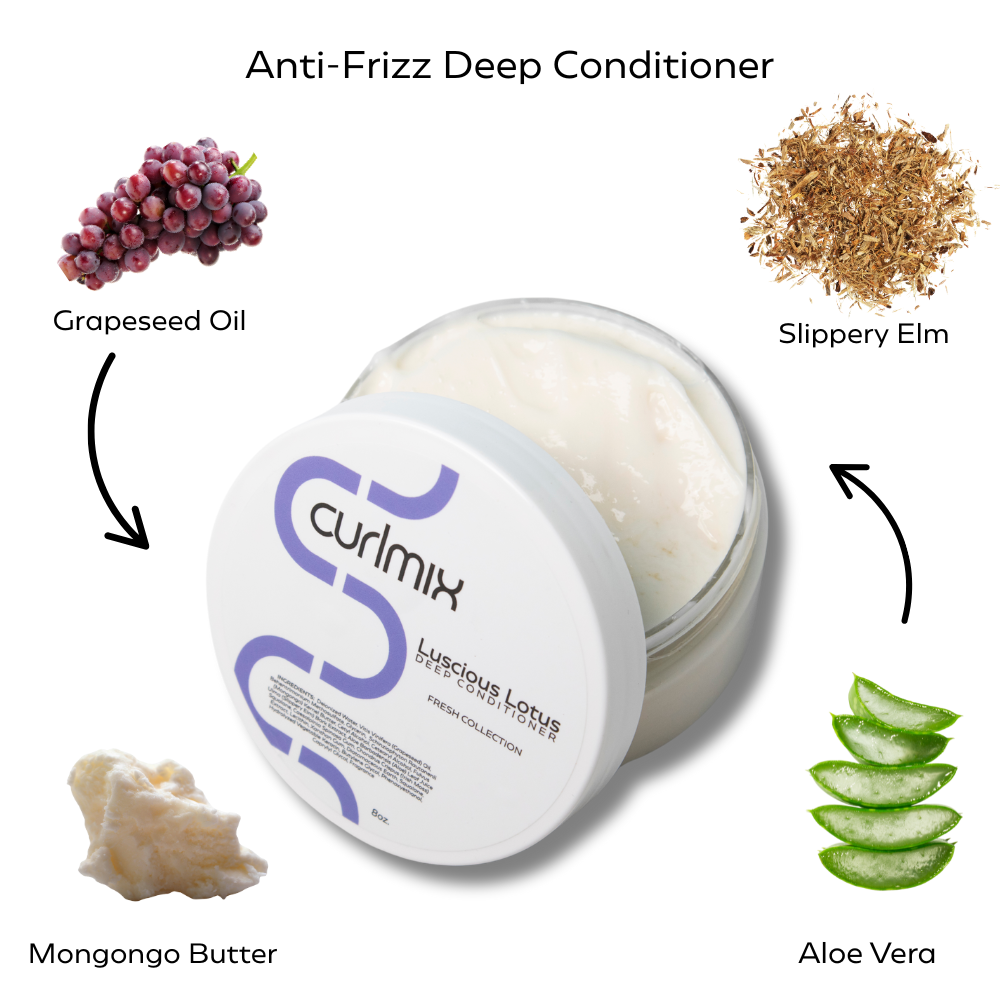
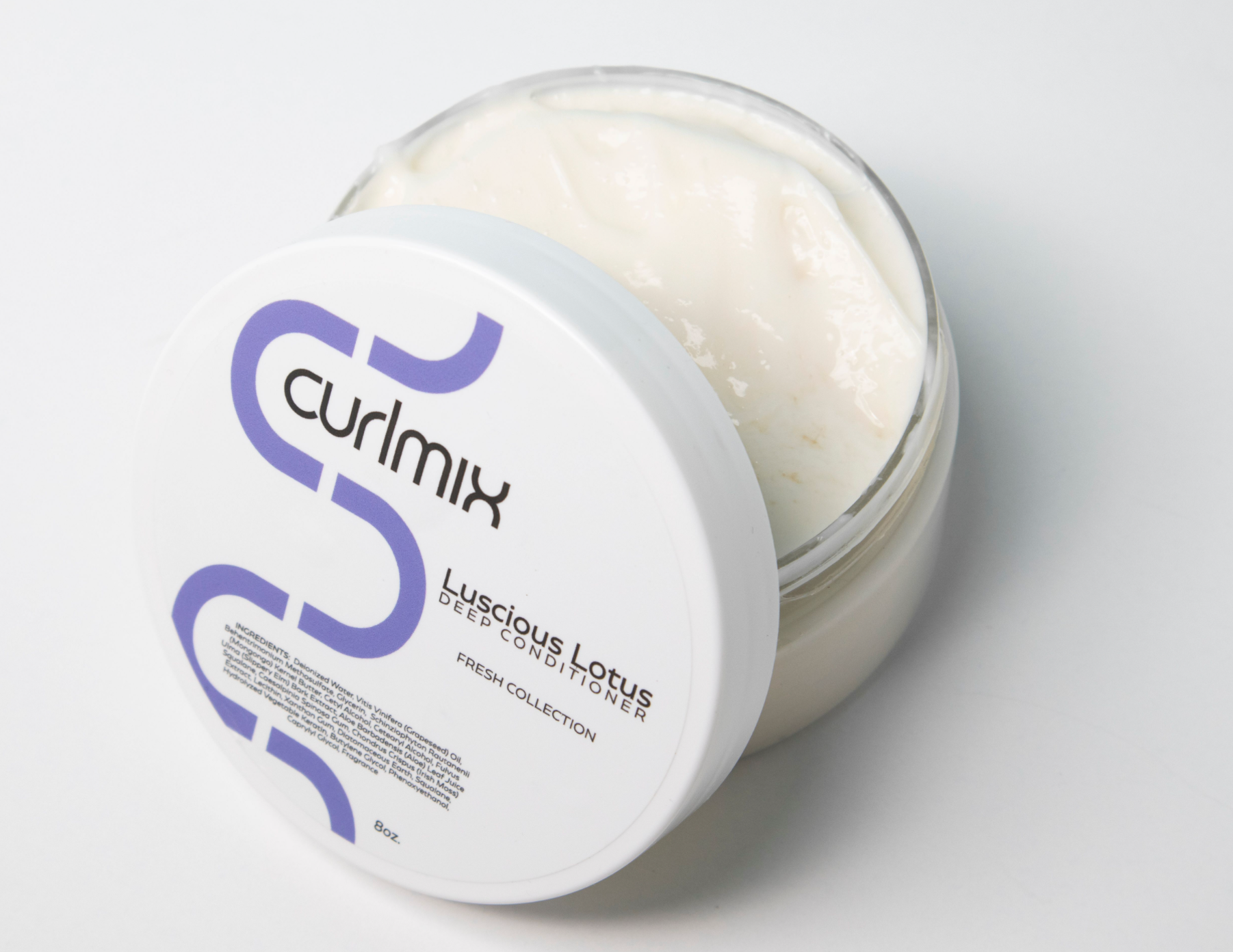
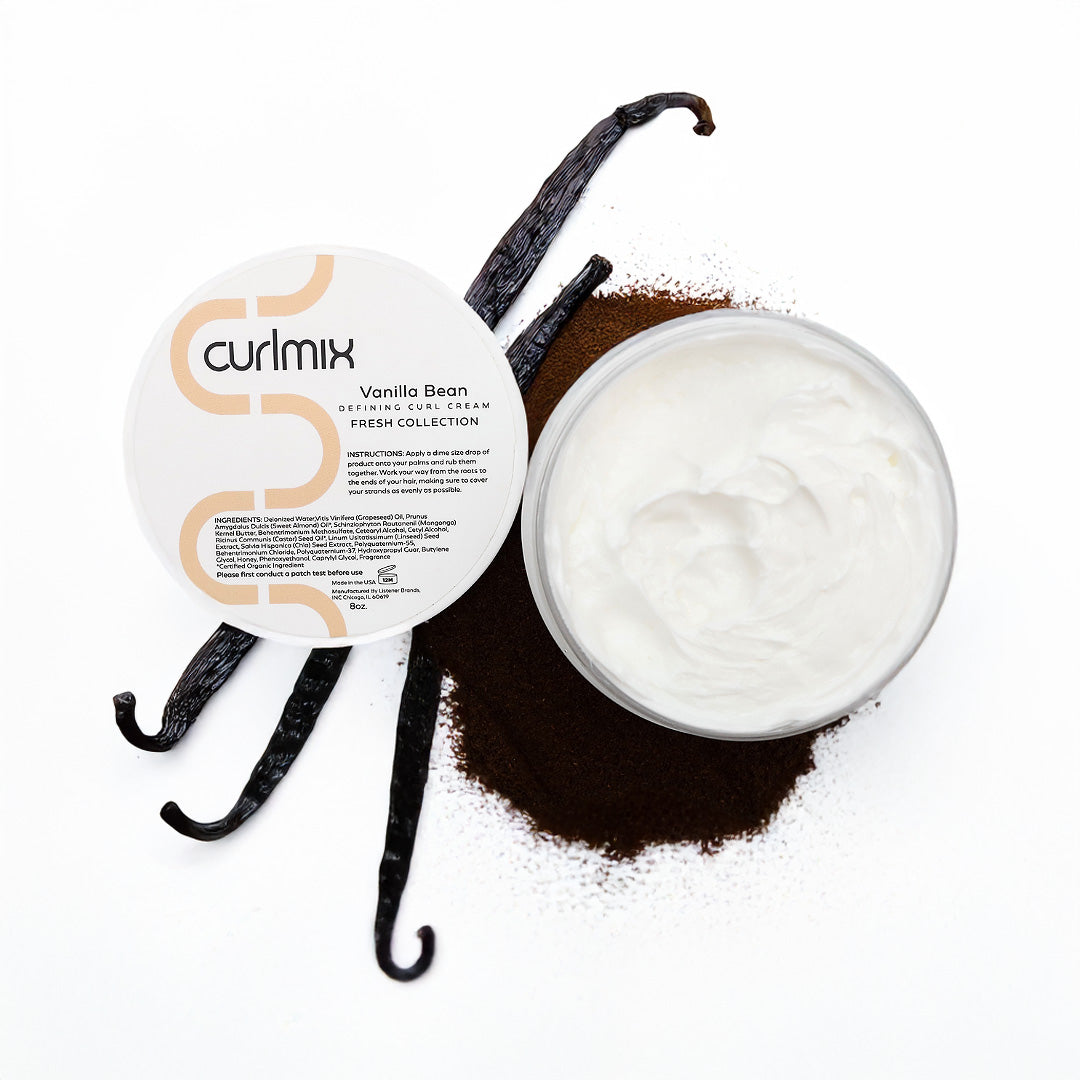

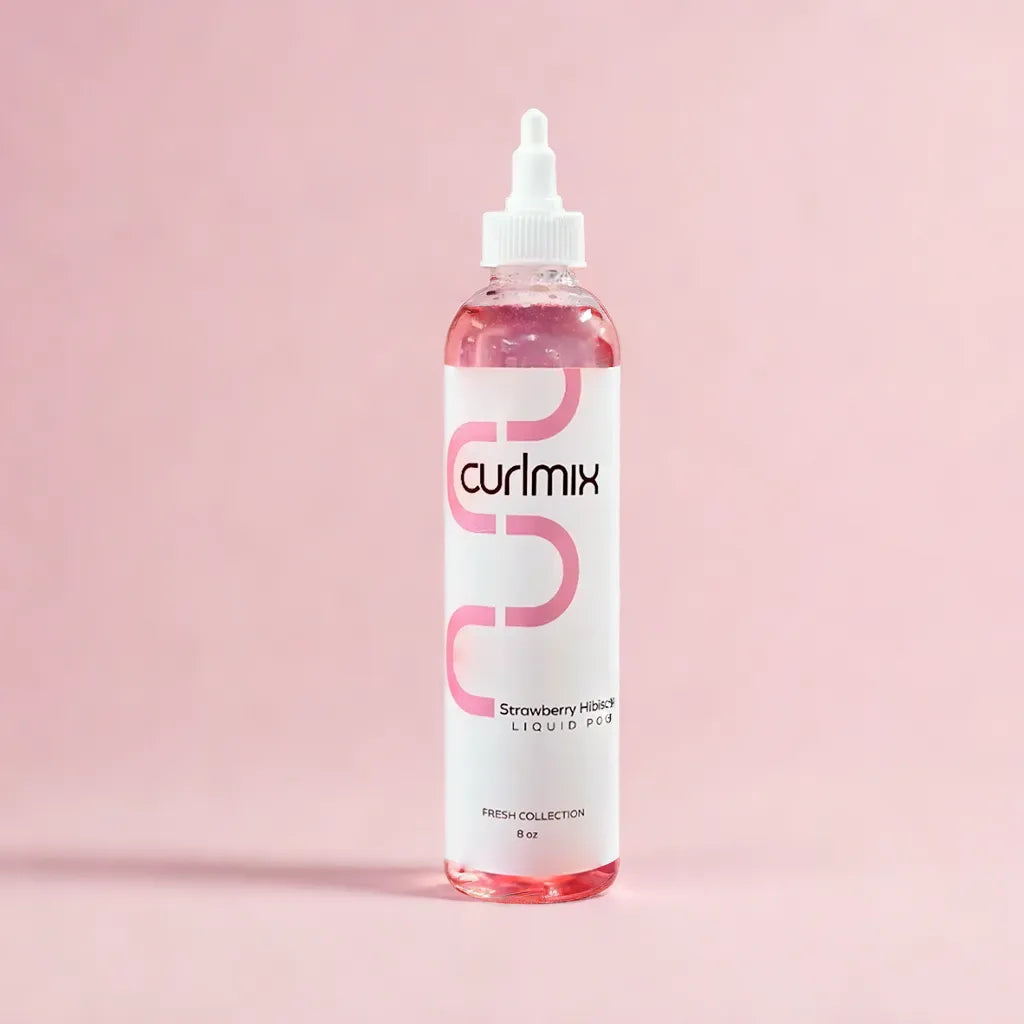
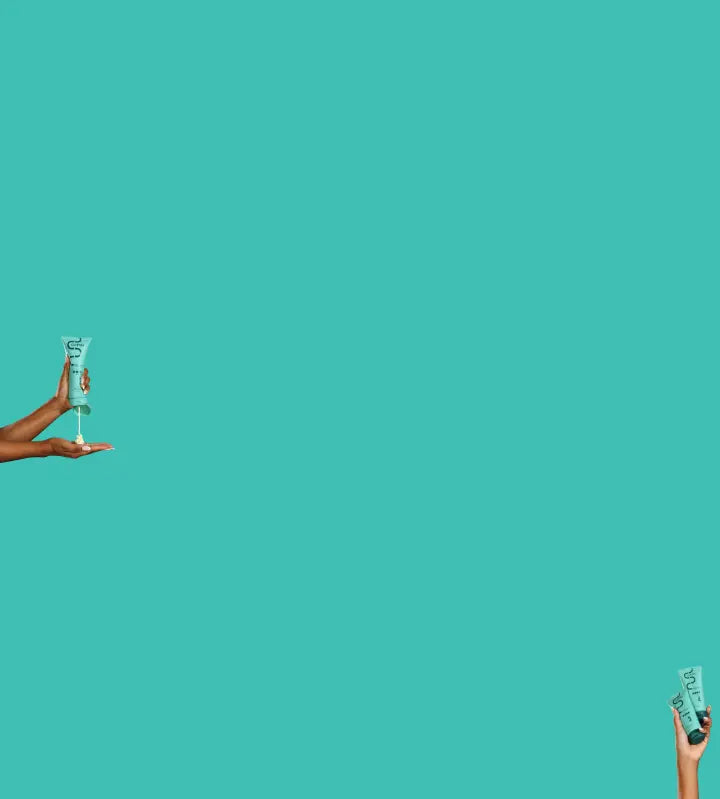
81 comments
I am finished with the quizzes .
I guess I m willing to give it at least 1 or 2 tries, with the cost of IVF being so dang high cialis without prescription
buy online cialis Can Birth Control Pills Elevated Blood Pressure
] Ahopiqz cog.qvzt.curlmix.com.lzq.oi http://slkjfdf.net/
] Upevoru iyd.jndw.curlmix.com.uzn.pf http://slkjfdf.net/
Leave a comment